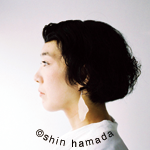
Category : ART
By Asuka Miyata(Japan)
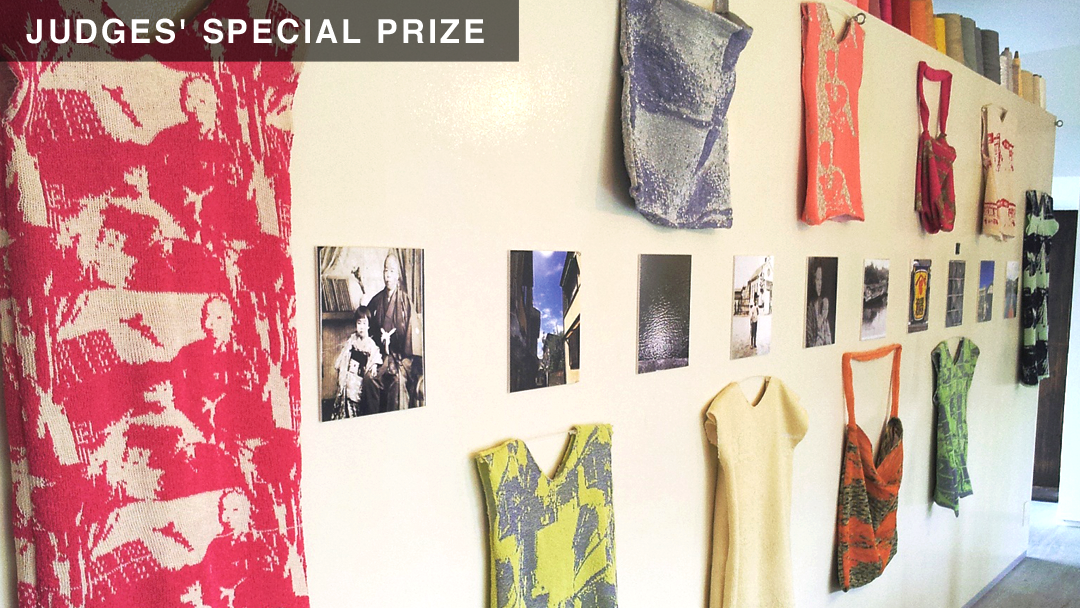
1955 is said to have been the heyday of the home knitting machine. In this project, I modified an electronic home knitting machine made in the 1990s and produced a piece with data sent from a computer.
This piece was produced as participatory communication art between July 18 and August 23, 2015.
“Knit the Town” was conducted in Tamashima, Kurashiki in Okayama Prefecture — a historical town which has flourished since the Edo period. I walked around the town of Tamashima, taking pictures with parts of the scenery cut away and interviewing residents of the town, whom I borrowed memorable pictures from. I modified the pictures to the size of a knit and sewed them, tailoring the piece to be wearable. Finally, I went to the scene location of the original photos wearing the piece I made and took pictures. All of this was done in a workshop style.
Aside from scenes from the town, I also borrowed memorable photos and pictures showing the old scenery of the town from people living in the community for the piece. I asked women in their 80s about topics such as their childhood memories and events from the time. In talking to them, stories of the war always came up.
I personally had never had the opportunity to directly ask about or hear stories of the war. I did hear stories of the war on this project and I truly feel that I was able to do something to leave memories of these stories behind as part of the work. And, what I realized through this was that the sewing machine was a machine that could even serve as a communication tool. Moving forward, I will expand the Knit the Town series overseas and develop these works with a knitting culture that is shared all around the world as my opening.
http://asuka.miyataamiki.com/
By using an external floppy disk connector from a Brother KH940 sewing machine for home and modifying a USB cable, I was able to create virtual floppy disk software. The USB cable modifications were done with the collaboration of Mr. Matsuoka at Maker Lab Nagoya. What led to all this was the fact that I began studying sewing machines after being surprised to find that they were also included in digital fabrication.
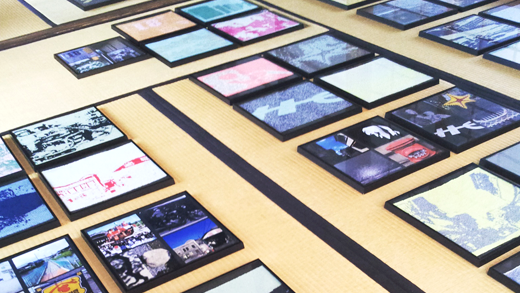
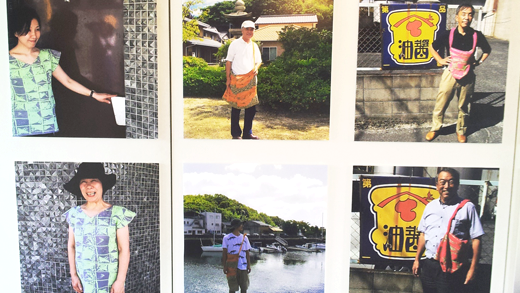
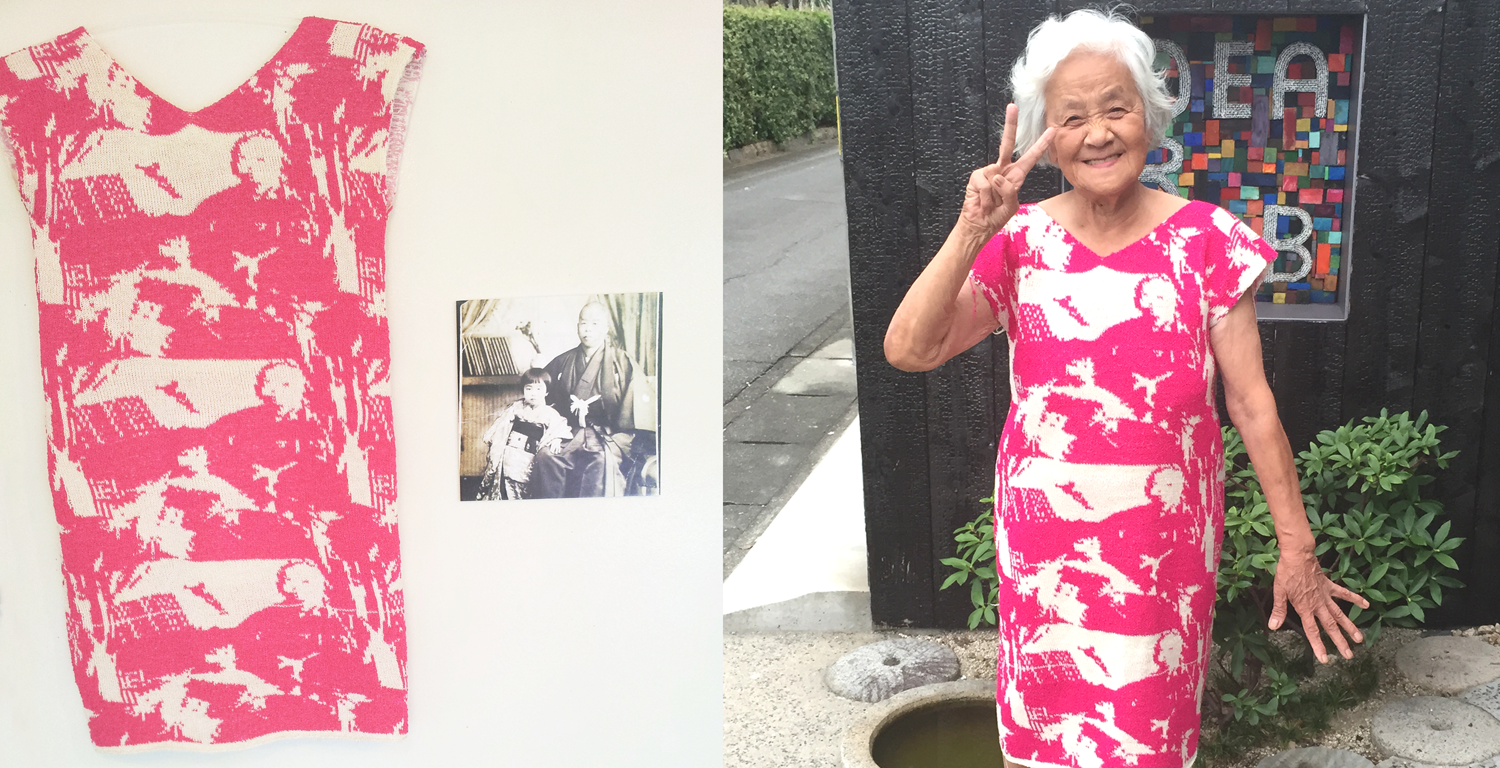
Hiroya Tanaka
Hiroya Tanaka
This project, which involves gathering photos of the townspeople’s memories, reducing the resolution of the photos and changing the format to bitmap graphics (digital data), and then using a knitting machine to knit patterns of these images, makes me once again realize that the true value of fabrication is to bring together things that are completely different and would not normally be found together.
Also, this project is about two conflicting elements of independence and unification, and it also represents an open process, an incompleteness, and plurality. Also, kudos to it for attempting to give a contemporary spin on the knitting culture.

